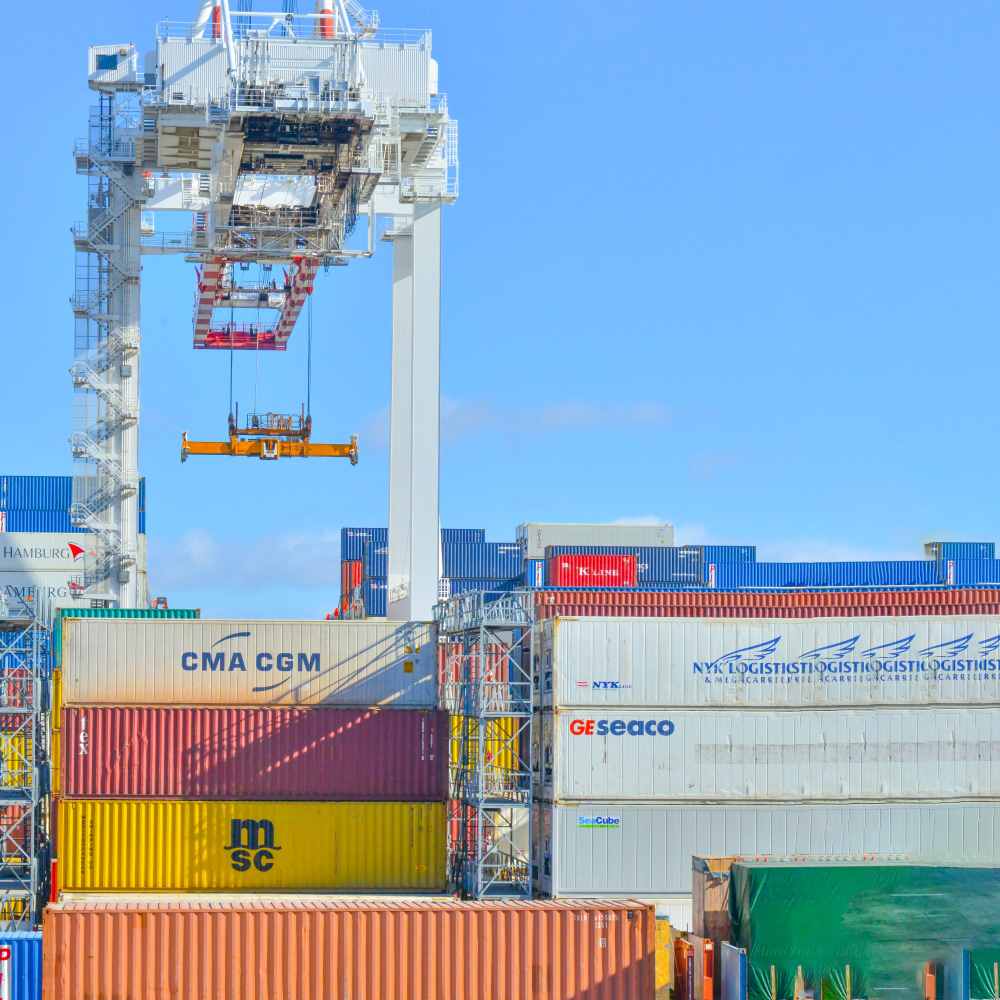Topic: Logistic
Duration: 2 Weeks in 15 hours
Oline class with live teaching
100$
Achievement
This course provides participants with knowledge and skills that will enable them to effectively contribute to an integrated supply chain management environment by implementing logistics information systems, enterprise resource planning, procurement and management
